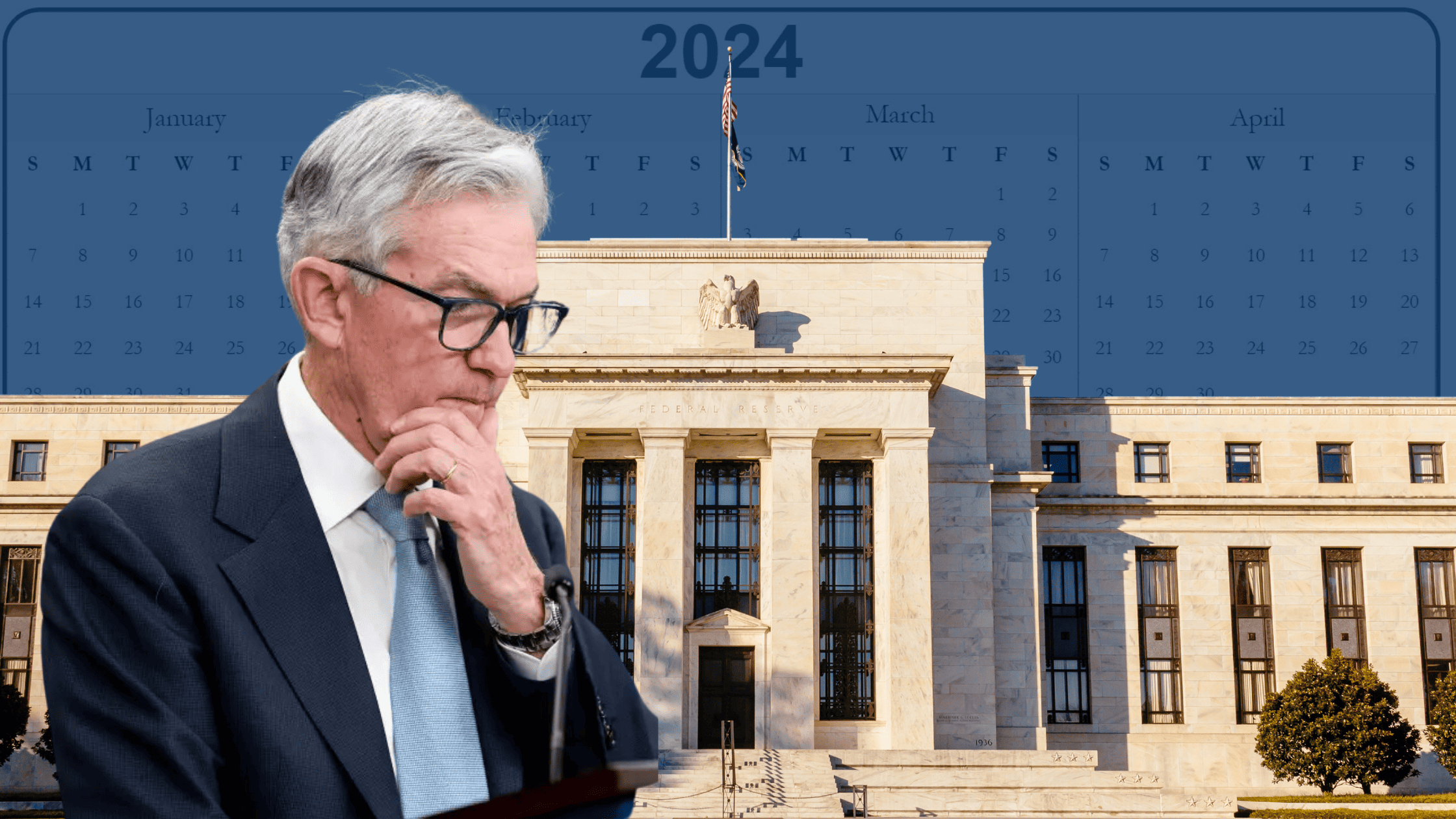Coming into 2024, the headlines touted higher-than-expected employment numbers.
Contrary to expectations, the labor market appeared resilient to higher interest rates.
Then came the unemployment revisions. January’s payroll gains, upon revision, 229k instead of 353k. The unemployment rate ticked higher to 3.9%.
In absolute numbers, the U.S. lost 1.78 million full-time jobs over the last 3 months.
Why does this matter?
When unemployment is higher than its 36-month average, we tend to be at the onset of recession.
As of February, there was only a 0.22% difference between those numbers.
At the same time:
- Corporate bankruptcies are higher than at any point since the financial crisis
- Auto loan and credit card defaults are spiking
Some think the Fed has been too dovish in signaling that rate cuts are ahead. They believe we risk reigniting inflation.
But with unemployment accelerating, they may foresee an economic slowdown.
With time, the market may as well. Since 1974, rate cuts presaged a drop of 20-25% (on average) in the S&P 500.
With the first rate cut forecasted this summer, the second half of the year may look very different than the first.


